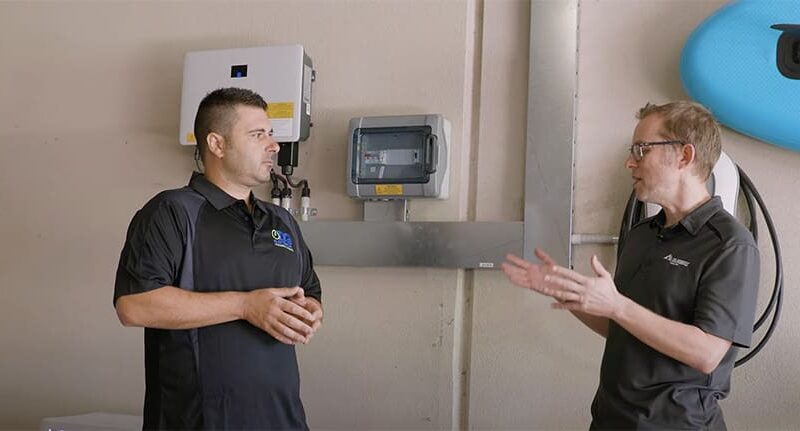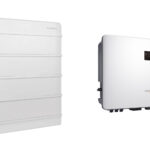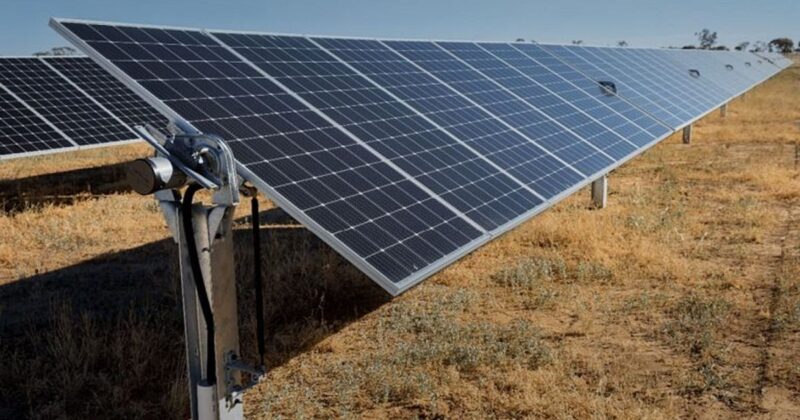My Experience Expanding A Modular Sungrow Battery
One of the things I like about the Sungrow SBR HV battery is its modular design. Sungrow claims it is easy to drop in extra modules after installation – if you decide you need more kWh of storage in the future.
But is that really true?
I tested Sungrow’s claim by adding an extra 3.2 kWh battery module to my year-old installation and timing how long it took to install.
The video above has all the details – but if you don’t feel like watching me drone on, here’s a summary:
Should You Go For A Modular Or Non-Modular Battery?
One of the many choices you’ll need to make when looking into solar batteries is – modular or non-modular.
We recently covered modular batteries in great detail.
What it boils down to is – modular batteries offer more flexibility and cheaper upgrades.
My Battery Needed Pre-Conditioning
One interesting quirk about adding to a modular battery stack is all modules need the same charge before you can add a new unit.
So, the night before, my installer remotely conditioned my battery stack to bring all battery modules to a 20% state of charge, saving hours of waiting on install day.
Interview With Don From DQ Electrical
My initial system was installed by DQ Electrical, based in Gepps Cross, SA. They did a great job the first time around, and I want to keep my warranties under one roof.
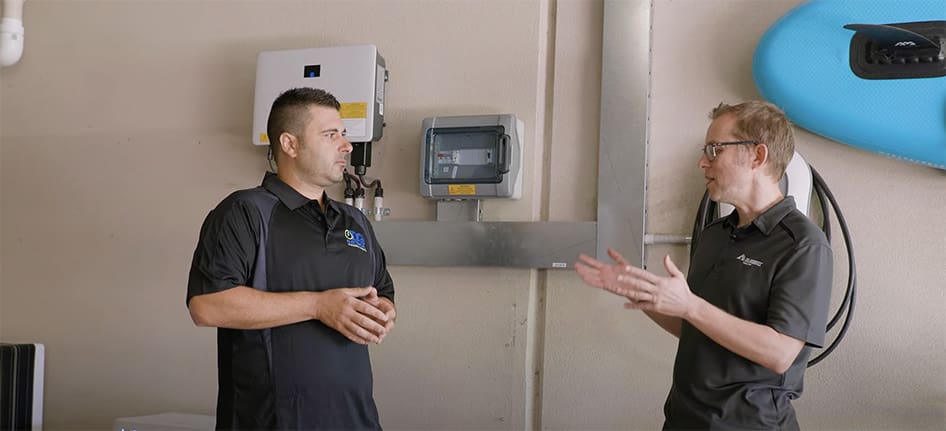
I chatted with Don, owner of DQ Electrical
Here’s a transcript of the conversation we had:
Finn: Don, you’ve been installing modular batteries like the Sungrow and the BYD for a while now. Are you a fan of the modular architecture?
Don: We’re massive fans of modular architecture. It gives our customers the absolute freedom to add extra modules as they require.
Finn: What’s your best guess? How long is it going to take today?
Don: Adding one module will probably take us about an hour today.
Finn: So I’m adding one module today, 3.2 kilowatt-hours.
Don: Sure.
Finn: But if I wanted to add, say, three modules, how long would that take?
Don: Yeah, adding one module or three modules is pretty much the same amount of time. It’s literally taking the head unit off, dropping the new modules in, and then replacing the head unit and commissioning. So you’re probably talking an extra 30 seconds per module. On this particular model, you can go up to 25 kilowatt-hours worth of storage, which is eight modules.
Finn: Yeah. Cool. And that’s going to be more than enough for most homes?
Don: Definitely. Most homes, the average home we see around that 16 kilowatt-hours worth of storage generally does it.
Finn: If this wasn’t modular and I wanted to add a second battery, how long would that take an electrician?
Don: To add a second battery, you’re probably talking six to eight hours worth of work to put in a full battery with cabling and wiring. Going modular from the beginning allows you to have everything in situ and ready to go, and then it’s simply dropping extra batteries on top of the stack to get that desired kilowatt-hour storage that you’re looking for.
Finn: Cool. Well, let’s see if you’re right and if you can get this module on in under an hour.
Don: I’m sure we will.
Race Against The Clock
Don predicted adding the module to my stack would take about an hour. I started my stopwatch, and his team got to work:
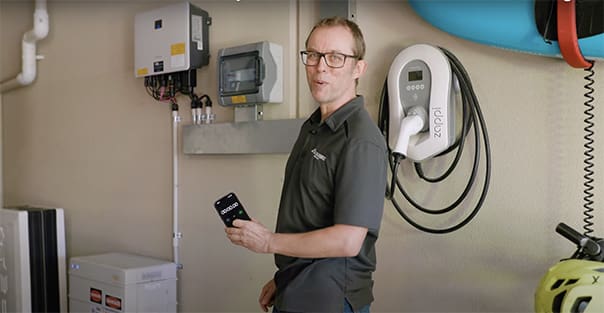
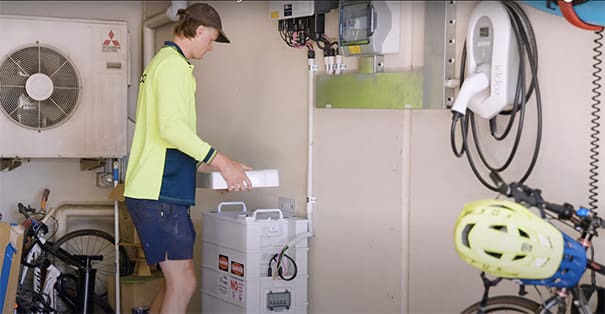
The result?
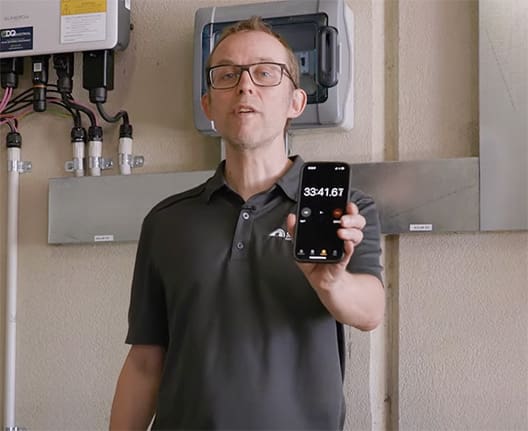
33 minutes later, my system was ready to go.
I now have 16kWh instead of 12.8kWh installed in under an hour.
Original Source: https://www.solarquotes.com.au/blog/modular-sungrow-expansion/

